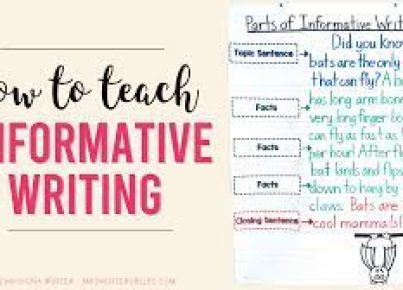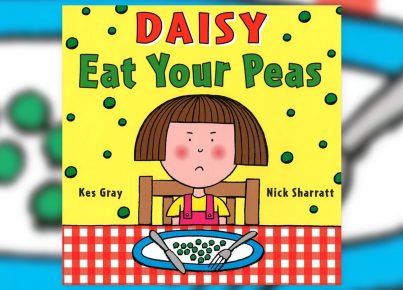Editing can often be the less glamorous side of writing for students, confronting them with the need to critically assess and often significantly change their own work. Yet editing is where good writing often becomes great. Here are 30 resources and tips to help your students not just tolerate editing, but love it:
Resources:
1. Grammarly: This digital writing assistant helps with grammar and spelling checks.
2. Hemingway Editor: A tool that highlights lengthy, complex sentences and common errors.
3. ProWritingAid: Comprehensive manuscript editing software for older students.
4. Thesaurus.com: Expands vocabulary and finds synonyms for overused words.
5. Google Docs Suggesting Mode: Allows students to make edit suggestions without changing the original text.
6. Purdue Owl (Online Writing Lab): Offers extensive resources on grammar, style, and formatting.
7. Quill.org: Provides interactive writing and grammar activities.
8. ReadWriteThink’s Editing Checklist: Gives students a structured way to review their work.
9. NoRedInk: Engages students in grammar practice tailored to their interests.
10. Khan Academy’s Grammar Course: Provides easy-to-follow lessons on English grammar.
Tips:
11. Peer Review Sessions: Have students swap papers to gain new perspectives on their writing.
12. Self-Editing Training: Teach students to set aside their writing before reviewing it with fresh eyes.
13. Set Specific Goals: Focus on one aspect of editing per session, like verb tense consistency or proper punctuation.
14. Use Models: Show exemplary edited work as a target to aim for.
15. Editing Workshops: Periodically hold group sessions focusing on common mistakes.
16. Create a Safe Space: Foster an environment where constructive criticism is encouraged and accepted.
17. Incorporate Technology: Use apps and tools during editing exercises in class to make them engaging.
18. Mini-Lessons on Common Errors: Tailor lessons around frequently made mistakes by your students.
19. Gamify Editing: Turn editing into a game with rewards for finding and fixing errors.
20. Color-Coding Revisions: Encourage students to use different colors when making specific types of corrections.
More Tips:
21. Apply incremental learning: Break down editing steps so they are more approachable.
22. Encourage reading aloud: The ear might catch what the eye has missed in terms of flow and grammatical errors.
23. Offer positive reinforcement for well-edited passages, not just content creation.
24. Maintain a resource area (online or in-class) where students can access editing tools on their own time.
25. Provide checklists or rubrics tailored to each assignment’s goals that guide student editing processes.
26. Introduce professional editing marks so students learn industry standards while revising their work.
27. Schedule regular one-on-one conferences to go over edits in detail and provide personalized guidance.
28. Use analogies or metaphors that relate the concept of editing to activities your students enjoy or understand well.
29. Incorporate revision into the grading process, so there’s tangible value for the effort they put into editing.
30. Share progress over time through portfolio assessments, helping students see how their editing skills improve their overall writing.
By utilizing these resources and following these tips, teachers can make the process of editing not only more enjoyable but also an integral part of learning how to write effectively—a skill that will benefit students far beyond the classroom walls.





